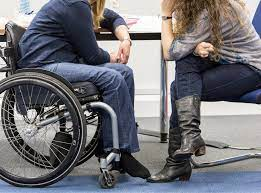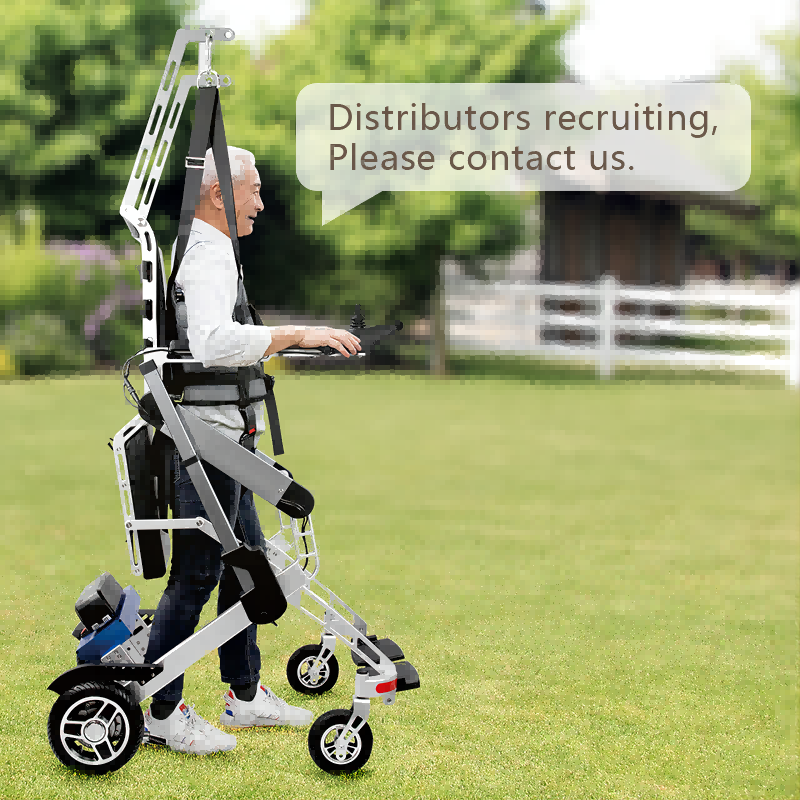Paraplegia is a condition characterized by the loss of sensation and movement in the lower half of the body. It can either be a result of a traumatic injury or due to a chronic condition. People who suffer from paraplegia may experience drastic changes in their daily lives, primarily in mobility and independence.
Causes
One of the leading causes of paraplegia is spinal cord damage. This can occur due to an accident, such as a fall or car crash, which can damage the vertebrae or cause a spinal cord injury. The spinal cord is responsible for sending messages from the brain to different parts of the body, including the legs. Therefore, damage to the spinal cord can cause a loss of sensation and motor function in the lower body.
Another common cause of paraplegia is a chronic condition, such as multiple sclerosis, which is a progressive disease that affects the nervous system. This condition affects the ability of the nerves to transmit messages, resulting in paralysis.
Symptoms
One of the most apparent symptoms of paraplegia is the inability to move the legs. People who suffer from the condition may also experience a loss of sensation and reflexes in the legs, as well as bladder and bowel dysfunction, which can lead to incontinence. Moreover, people who have paraplegia may experience muscle spasms and muscle stiffness. In some instances, people with paraplegia may suffer from depression, as it can be challenging to cope with the drastic changes in their lifestyle.
Treatment
There is currently no cure for paraplegia, but several treatment options are available, depending on the severity and cause of the condition. One of the primary ways to treat paraplegia is through rehabilitation, which includes physical therapy, occupational therapy, and psychological counseling. Rehabilitation can help people with paraplegia regain some degree of independence and mobility. Moreover, it can prevent complications such as pressure sores and blood clots.
Another treatment option for paraplegia is medication. People with the condition may be prescribed medicine to relieve pain, muscle spasms, and other related symptoms. Additionally, surgery can help repair damaged tissues or nerves that may be causing paraplegia.
In recent years, technology has also brought new treatments for people with paraplegia. Devices such as exoskeletons and robotic prosthetics have helped people with the condition regain some ability to stand and walk.
Physical therapy is an important part of care for people with paraplegia. It will involve a variety of individualized exercises and routines.
For example, exercises might include:
- yoga
- weightlifting
- water aerobics
- seated aerobics
Regularly engaging in these exercises will reduce the risk of muscle atrophy. Doing so will also help maintain a person’s mobility, strength, and range of motion.
Conclusion
Paraplegia is a life-changing condition that affects people’s mobility and independence. Though there is no cure for the condition, several treatment options can help individuals manage symptoms and improve their quality of life. Rehabilitation, medication, and surgery are among the primary treatment options available. Recently, technology has brought forward innovative solutions to help people with paraplegia regain mobility and independence, offering hope to those struggling with this debilitating condition.
Post time: Mar-27-2023







